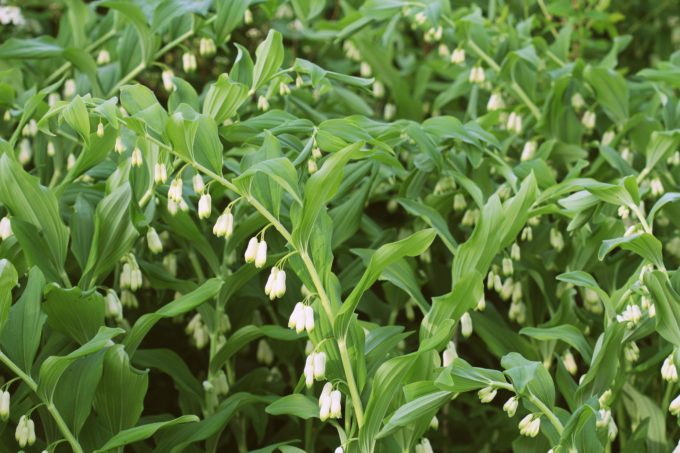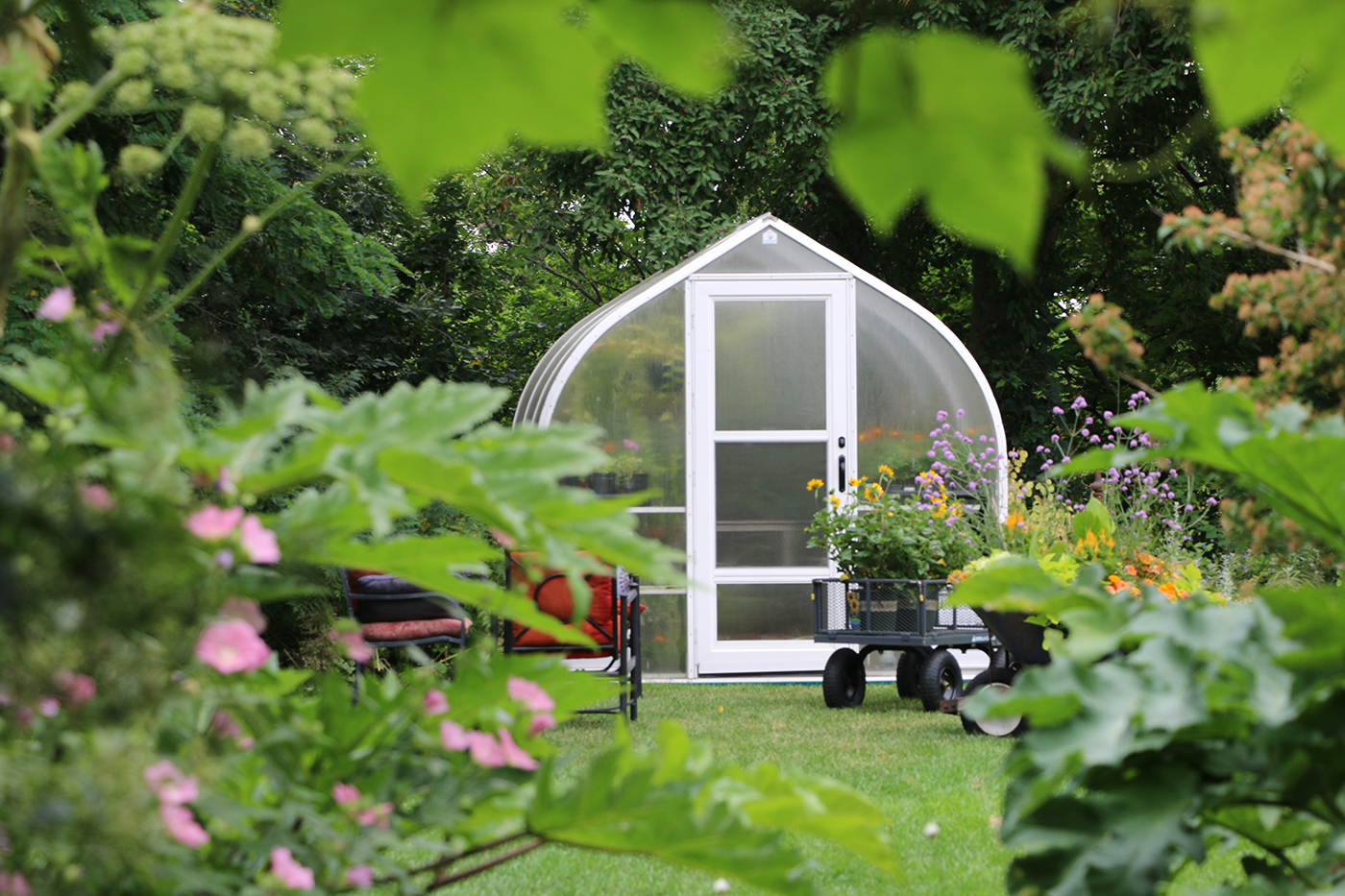Shade gardens can be both beautiful and challenging, so I thought I’d ask some of our perennials staff about the shade-loving plants they recommend to our guests and often grow at home themselves. They jumped at the chance to help!
I’ll start with a perennial that received more “nominations” than any of the others: Solomon’s Seal. It seems to be a universal favorite for so many reasons! Delicate, bell-shaped flowers appear along the plant’s stems in the spring.
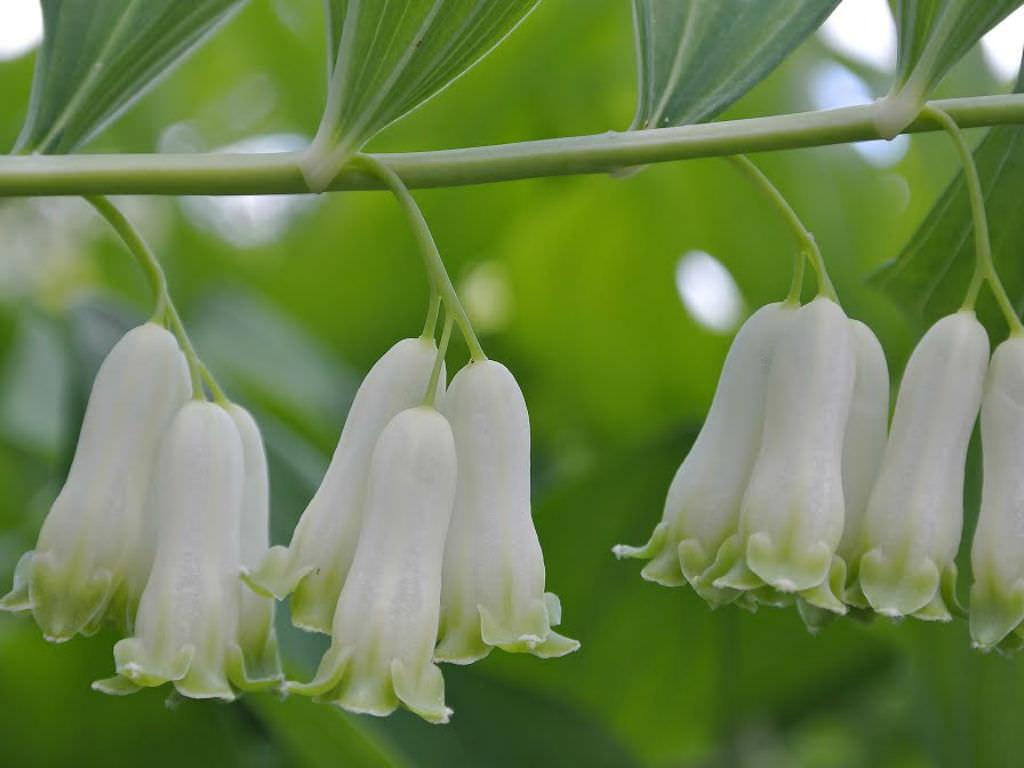
Solomon Seal’s overall structure (seen at the top of the blog) also won this plant a lot of points with Linda, Lina, Debra Ann, and Ginger, four of Tagawa’s Perennials gurus. They use phrases such as “flowers like tiny pearls” and “creating a gentle wave” when planted as a group.
As a bonus, the flowers produce purple berries in the summer and rich gold foliage in the fall.
Porcelain Berry Vine
Linda says she is “in love” with this vine… the only flowering/berry-producing vine that performs well in full or dappled shade, ‘tho it’s also at home in full sun. That’s quite the plant!
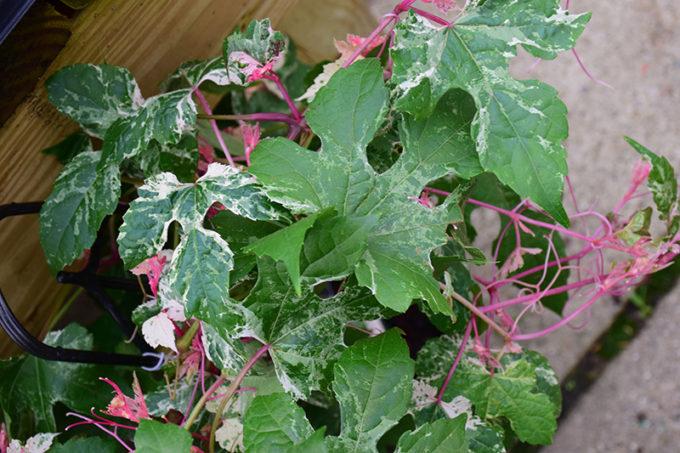
Porcelain Berry leaves emerge dark green in the spring, then take on pink highlights as the season progresses. But it’s the pale pink, purple, and turquoise berries that make this vine such a standout.
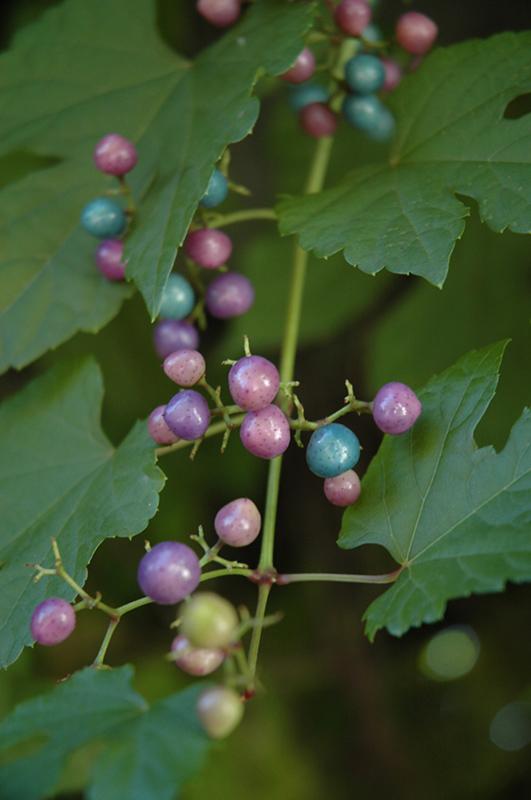
Porcelain Berry easily grows up to 15 feet tall and will need some type of support. This vine is long-lived and described as “very adaptable” to either dry or moist conditions. Note: Porcelain Berry vine can be invasive in certain settings, but Linda says she’s never had problems with it being aggressive here.
Bugloss
It’s a funny name for plants that are nothing short of elegant.
Debra Ann is a huge fan of Siberian bugloss, with its bright green foliage and sweet-as-can-be blue flowers. She says the little clusters of blossoms really stand out against the solid green background of the leaves.
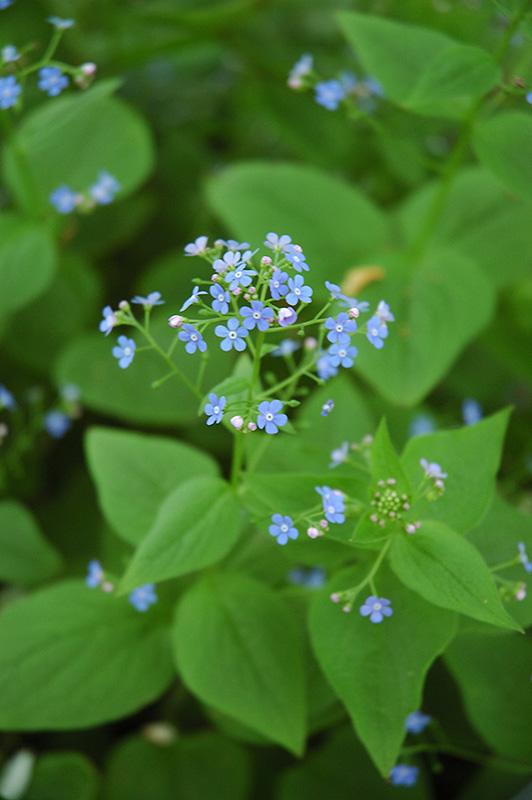
Ginger and Lina prefer the Jack Frost variety of bugloss because of the way its heavily veined green and silver leaves light up the shade.
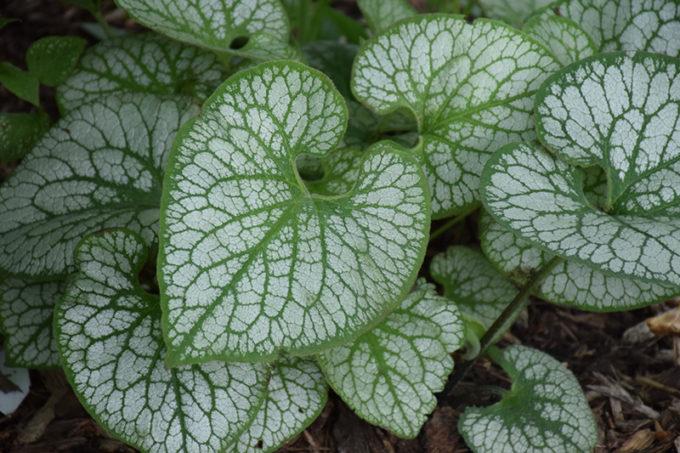
Both plants hold their tiny blue flowers nicely above their leaves and are extremely cold hardy.
Japanese painted fern
Teague is Tagawa’s Perennials & Roses Assistant Supervisor. His shade plant nomination is Japanese Painted Fern, even though it does require a little extra TLC
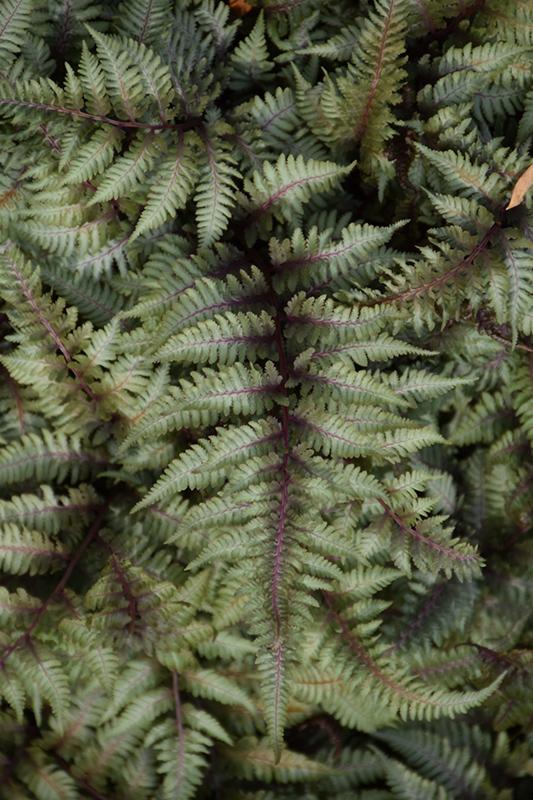
Japanese Painted ferns are especially valued for their rich variegation, their deeply-serrated leaves, and their graceful, arching growth habit. They’re also extremely cold hardy.
Ferns, in general, can be tricky in our arid Colorado climate, but if there’s a part of your garden that has a shaded or partially-shaded “woodsy” feel, Japanese Painted Fern might be perfect there.
Snowdrop windflowers (a.k.a. “anemones”)
Debra Ann loves to create gardens with a woodland feel, and Snowdrop windflowers fit right in with her designs. These sweet plants grow close to the ground, generally topping off at just 10 to 12″ tall.
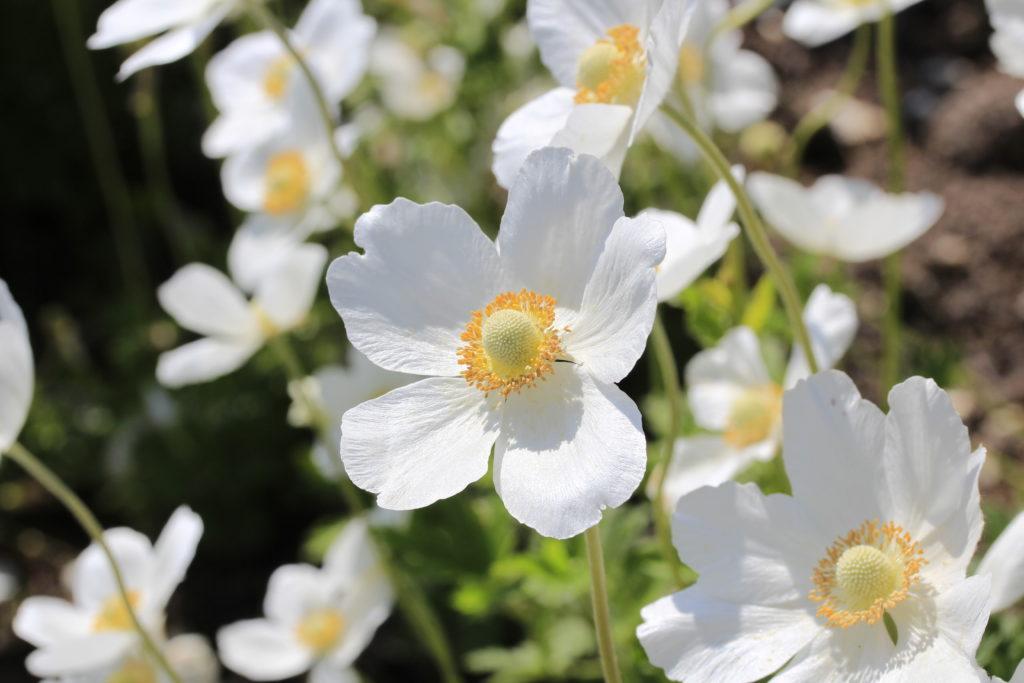
Debra Ann describes this anemone’s white blossoms as “lovely and pure.” Snowdrop windflowers will tolerate some gentle morning sun but will thrive in bright or dappled shade. No hot afternoon sun, please.
Debra Ann says that, as a bonus, the flowers turn into puffy seed heads held above the foliage in late summer.
And on the subject of anemones…
Japanese anemones have a following in Tagawa’s Perennial Department, too.
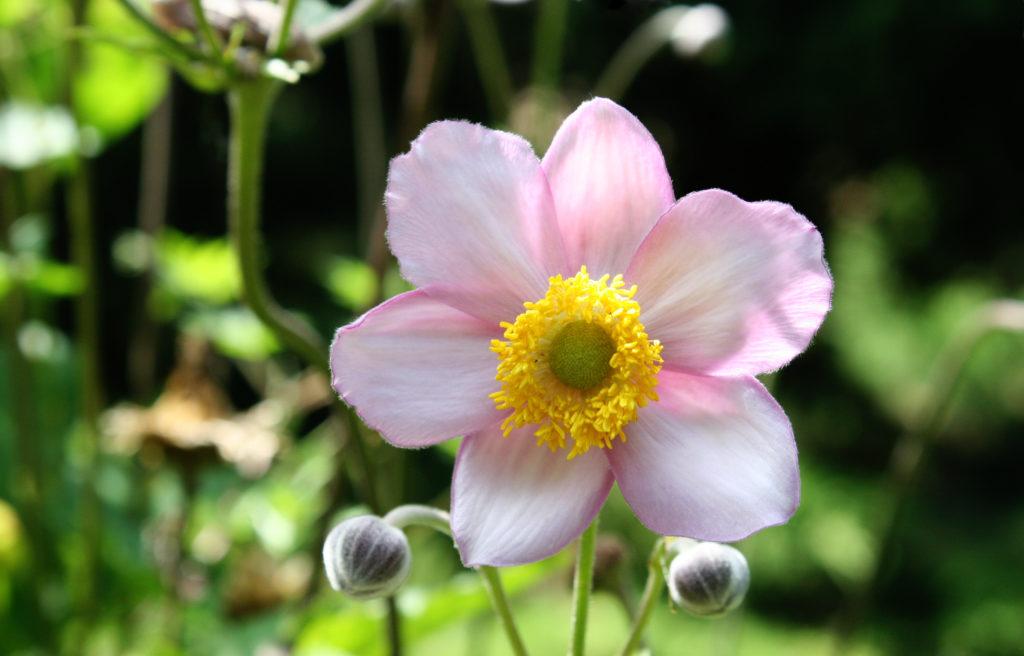
Ginger and Linda praise this plant’s varieties that have pale pink blossoms and attractive ball-shaped flower buds. But they’re especially in love with it because it blooms from late summer into mid-fall, when so many other flowers are shutting down.
These fall-blooming anemones are much taller than their spring-blooming cousins. Certain varieties can reach up to three feet tall or more. They’re wonderfully striking when planted in large groups of several plants for an eye-catching display. Ginger describes these anemones as “especially reliable plants.”
Anemones are also known as windflowers because their tiny blossoms dance above the dense foliage when breezes pass by.
Last, and most decidedly not least… Bishop’s Hat.
Lina all but waxes poetic when she describes this plant, perhaps because it’s also known as “Fairy Wings,” based on the shape of the tiny flowers that come out in spring.
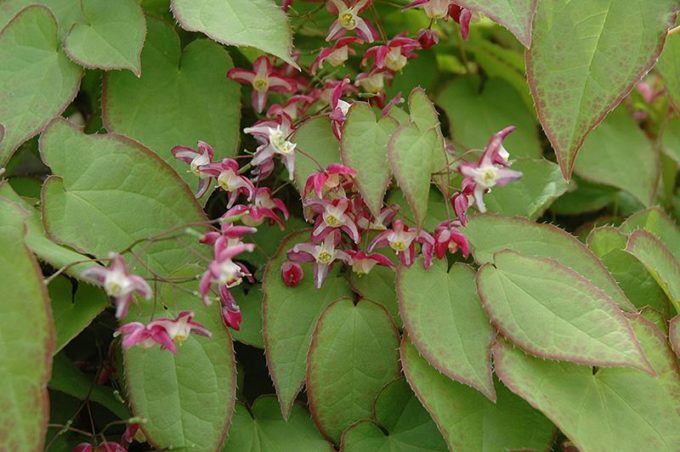
The leaves of Bishop’s Hat emerge dark red, then shift to bright green with a thin red margin as the season unfolds. This plant is a low-growing evergreen, generally no taller than about 12 inches. The foliage turns a lustrous burgundy color in the fall.
Note: In other climates, Bishop’s Hat is considered a noxious weed. It can spread vigorously in certain settings. Lina doesn’t express any problems with the plants behaving badly in her garden, but it’s always good to be aware of what gardeners elsewhere in the country have experienced.
A parting thought…
Please remember that these shade-friendly plants are not meant to be grown in the deepest, dense types of shade. Those conditions are just too dark to support healthy foliage or flowers. But in softer, somewhat brighter shade? That’s where the plants included here will be right at home!
Come visit Tagawa Gardens’ enthusiastic gardening experts in our Perennials Department. They’ll jump at the chance to help dress up the shade in your landscape!
